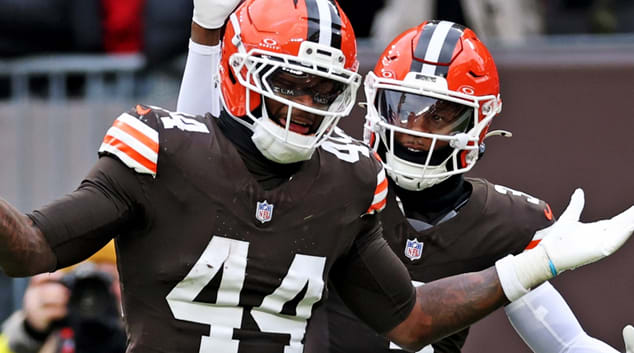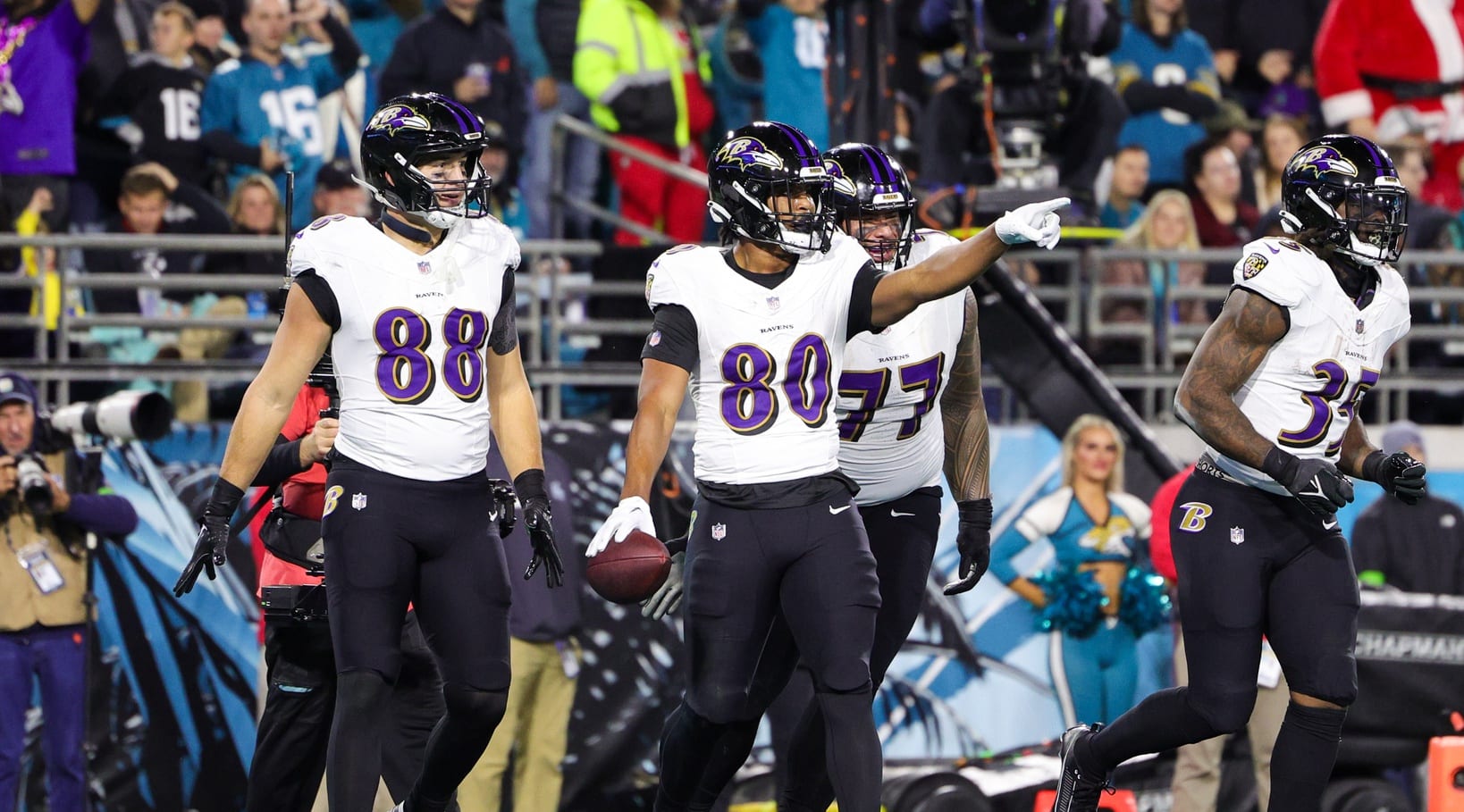To date, we've honed in on how to target what are typically the three most popular skill positions in NFL DFS: quarterbacks, running backs and wide receivers. That leaves one spot that while sometimes overlooked by fans, is certainly crucial to many an offense: the tight end.
The tight end position can admittedly be a bit feast or famine when it comes to fantasy production. Many years, there seems to be an appreciable talent gap between the top tier—i.e., Rob Gronkowski, Jimmy Graham (in his Saints days), Jordan Reed or a Greg Olsen—and those further down the totem pole. However, many a successful daily fantasy lineup has had a solid-to-great performance from a tight end as one of its foundations, so knowing how to target tight ends based on matchups can be critical to daily fantasy success.
Targeting Based on Defensive Rankings
If you've read over our DFS 101 installment on targeting quarterbacks, you're already familiar with the importance of reviewing the opposing defense's metrics against the pass when conducting your daily fantasy football research. As you might imagine, this principle also applies heavily when evaluating a tight end's matchup in any given week.
We won't rehash a lot of the reasons why performing your due diligence on the strength of the opposition's pass defense is a prudent idea when considering tight ends for daily fantasy football, but we do want to take a moment to emphasize the importance of evaluating defense vs. position rankings in particular when conducting your research on this specific position.
Past seasons have demonstrated that when teams demonstrate a deficiency against defending the tight end position, it can often be a problem that's schematic in nature, and therefore tends to persist over the course of a season. This can vary some from when you're evaluating wide receivers and reviewing general pass defense rankings.
With the one-on-one nature of most wide receiver-cornerback matchups, as well as the overall scarcity of quality cover men, many times an overall pass defense ranking can suffer significantly from the loss of a particular defensive back to injury for a certain period. Additionally, because of the overall lack of talent depth that exists in many secondaries across the league, a poor overall pass ranking is sometimes simply indicative of individual talent simply not being up to par that specific season, even when everyone is at full health.
Conversely, it's been aptly proven that certain defensive schemes, such as the Cover-2, tend to yield the middle of the field frequently, which is the area that many tight ends roam in the short-to-intermediate passing game. That's not to say that the pass coverage deficiencies of certain linebackers and safeties don't play into a team's poor defensive ranking against tight ends, but many times the scheme does the talent no favors. Therefore, especially as a season unfolds and sample size grows, pay attention to which teams seem to be in the midst of a long-term struggle defending the tight end position, week in and week out.
Using Vegas as a Tool
In our previous installments on both quarterbacks and receivers, we've examined how looking at both projected point totals and point spreads can be an integral component of conducting daily fantasy football research. Since they can certainly be an integral part of the passing game, this is true as well when evaluating tight ends for DFS.
As has been previously established, targeting teams with an elevated projected scoring total is a prudent starting point for making NFL DFS lineup decisions. Common sense dictates that we want to go after players on teams projected to light up the scoreboard.
However, once you have identified where some fertile conditions for fantasy points may exist in any given week, be sure to familiarize yourself with the offensive system deployed by the teams of the tight ends you've got in your sights. A high projected point total does you no good if the quarterback tends to look for his top two receivers a disproportionate amount in the red zone, for example. Fortunately, Rotowire has you covered with all of the pertinent red zone target information for each tight end.
Becoming acquainted with how preferred a target a tight end is near the goal line dovetails nicely with our final point:
The Importance of Target Distribution Patterns and the Opposing Defense
Intimate knowledge of the target distribution for quarterbacks around the league can be a valuable tool when selecting tight ends for your daily fantasy football lineup.
In our installment on receivers, we elaborated on the fact that the performance of receivers in daily fantasy can be a volatile factor that can fluctuate week to week. This can also be true of tight ends, but just as with some receivers, there are a certain percentage who tend to buck the trend due to the talent they bring to the field. The aforementioned Rob Gronkowski, for example, is Tom Brady's top target in the passing game whenever he's at full health. Ditto over the last two seasons for Delanie Walker in Tennessee, who's received a whopping 241 looks over that span from Titans quarterbacks.
However, on teams where the target picture can be lot more muddied week to week, the matchup against the opposing defense can once again serve as an important point of research for selecting a tight end in NFL DFS. For example, defensive units with a proven aptitude for strong outside coverage can certainly provoke a "funnel" effect, sending much more action in the passing game towards the middle of the field, where a tight end might profit handsomely that particular week.
Similarly, a defensive squad with a particularly proficient pass rush can have a quarterback on his heels for a majority of a game, and dictate that a short, quick-hitting passing game be the order of the day for the offense. Once again, such a scenario might result in a more prolific day than usual for a tight end who may not otherwise see the bulk of targets in other weeks.
Therefore, a solid knowledge base of defensive personnel can naturally help you narrow down which tight ends may be in for an unexpected boon in production, giving you a leg up on the completion with a likely under-owned option.










































